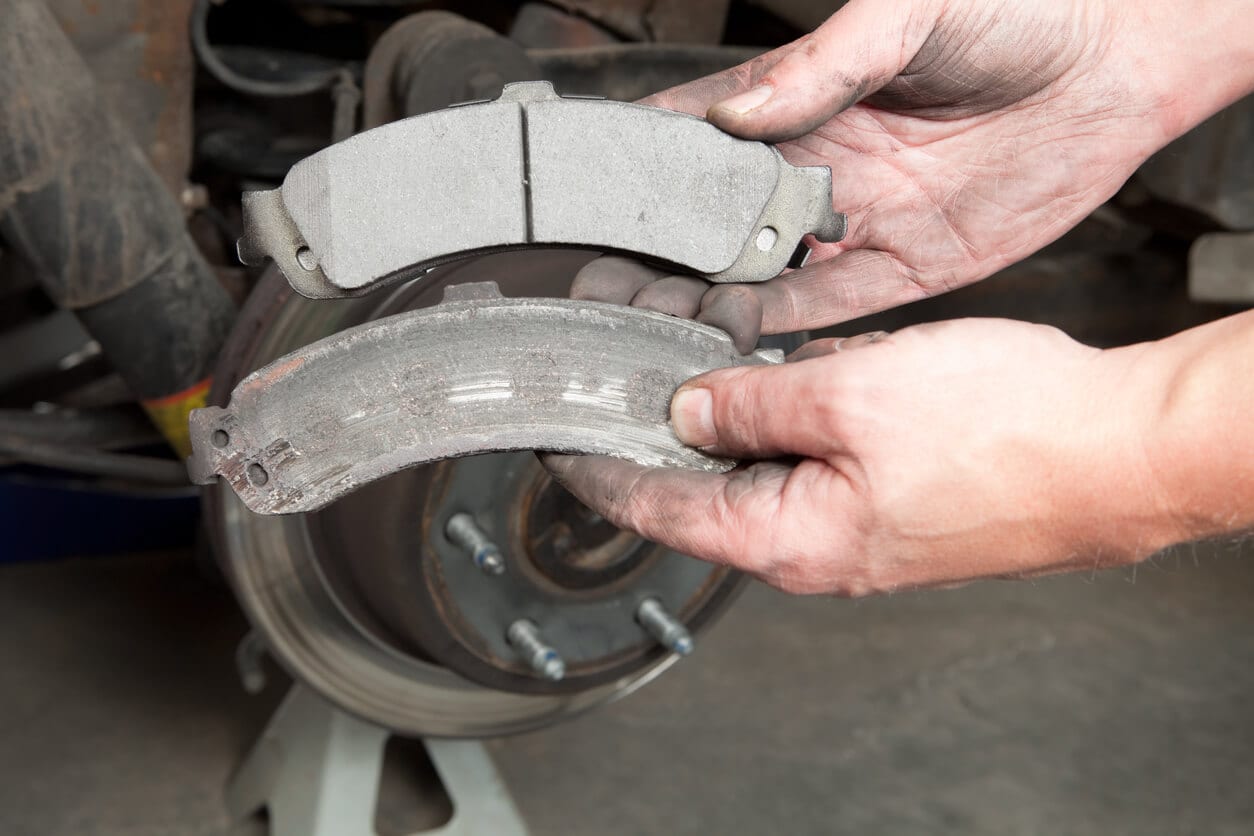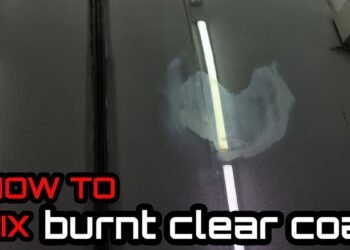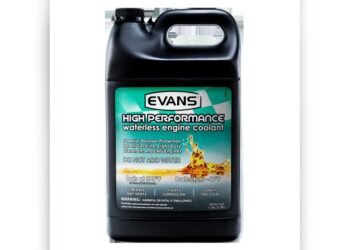Knowing when to replace brake pads is crucial for your car’s safety. Worn brake pads can lead to accidents.
Brake pads wear down over time. They are one of the most important parts of your vehicle’s braking system. Proper maintenance and timely replacement can prevent costly repairs and ensure your safety on the road. In this blog post, we will explore the signs that indicate it’s time to replace your brake pads.
We will also discuss how often you should check them and what factors can affect their lifespan. Stay tuned to keep your vehicle safe and in good condition.

Credit: www.youtube.com
Importance Of Brake Pads
Brake pads are a crucial component of any vehicle. They help ensure your car stops safely. Regularly checking and replacing brake pads can prevent accidents and costly repairs. Understanding their importance can save lives and money.
Safety Concerns
Worn-out brake pads can cause serious safety issues. They can reduce your car’s stopping power. This can lead to accidents and injuries. Driving with worn brake pads can also damage other parts of the braking system. This can result in expensive repairs.
Performance Impact
Brake pads directly affect your car’s performance. Good brake pads ensure smooth and efficient braking. They also help maintain proper control of the vehicle. Worn brake pads can lead to longer stopping distances. This can be dangerous, especially in emergencies. Replacing brake pads on time ensures your car performs at its best.
| Brake Pad Condition | Impact on Safety | Impact on Performance |
|---|---|---|
| New | High safety | Optimal performance |
| Moderately Worn | Reduced safety | Decreased performance |
| Heavily Worn | Low safety | Poor performance |
- Check brake pads regularly to ensure safety and performance.
- Replace them when they are worn to avoid damage.
Common Signs Of Wear
Keeping your vehicle’s brake pads in good condition is vital for safety. Knowing the common signs of wear can help you decide when to replace them. Worn brake pads reduce stopping power, which can be dangerous.
Squeaking Noises
Squeaking noises are often the first sign of worn brake pads. The noise happens when the brake pad’s wear indicator touches the brake rotor. This sound alerts you that the brake pads need checking. Ignoring it can lead to more damage.
Reduced Responsiveness
Reduced responsiveness can indicate worn brake pads. If you need to press the brake pedal harder, it is a sign. This can increase stopping distance, making it unsafe to drive. Pay attention to any changes in how your brakes feel.
Visual Inspection Tips
Ensuring your brake pads are in good shape is crucial for safety. A visual inspection can help you determine if it’s time for a replacement. By regularly checking your brake pads, you can avoid potential hazards and keep your vehicle performing well. Here are some tips for conducting a thorough visual inspection of your brake pads.
Thickness Check
The thickness of your brake pads is a key indicator of their health. Look for a minimum thickness of 1/4 inch. If the pads are thinner than this, it’s time to replace them. Thin brake pads can compromise your vehicle’s braking performance. Use a flashlight to see clearly and measure accurately.
Surface Condition
Inspect the surface condition of your brake pads. Look for any signs of uneven wear. Check for grooves, cracks, or scoring on the pad surface. These signs indicate that the brake pads are worn out and need replacing. A smooth and even surface ensures effective braking. If you notice any irregularities, consider getting new brake pads.
Unusual Vibrations
Unusual vibrations while driving can signal brake pad issues. These vibrations usually indicate that the brake pads are wearing out. Addressing these signs early can prevent further damage to your vehicle.
Steering Wheel Shakes
If your steering wheel shakes, it could be a brake pad problem. Worn brake pads can cause the steering wheel to vibrate. This vibration happens because the brake pads are uneven. The uneven surface does not create smooth contact with the rotors.
These shakes may worsen at higher speeds. You might feel them more when you brake. Pay attention to these signs. They are a clear signal to check your brake pads.
Pedal Pulsations
Feeling pulsations in the brake pedal is another sign. When brake pads wear down, the pedal might pulse. This pulsing happens because the brake pad surface is not smooth anymore. The uneven contact with the rotor causes this sensation.
The pulsations can get stronger over time. If you notice this issue, inspect your brake pads. Replacing them early can save you from bigger problems.
Dashboard Warning Lights
Dashboard warning lights can be life-savers. They alert you to potential issues with your car. One critical area these lights monitor is your brake system. Understanding these signals can prevent costly repairs and accidents. Two main lights to watch for are the brake warning indicators and the ABS light.
Brake Warning Indicators
The brake warning light can signal several issues. It may indicate low brake fluid. It can also mean that your brake pads need replacement. Ignoring this light can be dangerous. It’s essential to check your brakes if this light comes on. Timely action can save you from costly repairs. Ensure you inspect your brake system soon.
Abs Light
The ABS light focuses on the anti-lock braking system. If this light appears, your ABS might be malfunctioning. ABS helps maintain control during hard braking. A malfunction can reduce your vehicle’s stability. Check your ABS system immediately. Ignoring this light can be risky. Proper functioning of ABS is crucial for safety.

Credit: www.youtube.com
Mileage And Time Factors
Understanding when to replace your brake pads is essential for safe driving. Two main factors influence brake pad replacement: mileage and time. Both factors ensure your brakes function correctly, preventing accidents and costly repairs.
Typical Lifespan
Brake pads do not last forever. Typically, they should be replaced every 30,000 to 70,000 miles. This range varies depending on the type of brake pads and vehicle usage.
Here is a general guide:
| Brake Pad Type | Average Lifespan (Miles) |
|---|---|
| Organic | 30,000 – 40,000 |
| Semi-metallic | 50,000 – 70,000 |
| Ceramic | 60,000 – 80,000 |
Driving Habits
Your driving habits also play a crucial role in brake pad wear. Aggressive driving with frequent hard braking wears pads out faster. On the other hand, smoother driving with gradual stops extends their life.
Consider these tips to prolong brake pad life:
- Drive smoothly and avoid sudden stops.
- Maintain a safe following distance.
- Reduce speed gradually instead of abrupt braking.
Regularly inspecting your brake pads ensures they are in good condition. Look for signs of wear and listen for unusual noises. Brake pads may need replacement even if you haven’t reached the typical mileage range.
Consulting A Professional
When it comes to vehicle safety, brake pads are crucial. While you can perform some maintenance tasks yourself, consulting a professional ensures your brake system is in top condition. Professionals have the experience and tools to diagnose issues you might miss. Below, we delve into the specifics of professional consultation.
Mechanic Inspection
A certified mechanic can inspect your brake pads and the entire brake system. They check for wear and tear, including the thickness of the brake pads. The mechanic looks for any irregularities that could signal a problem. Regular inspections can prevent brake failure and ensure your safety.
| Inspection Task | What the Mechanic Looks For |
|---|---|
| Pad Thickness | Checks if pads are below 1/4 inch |
| Rotor Condition | Checks for grooves or cracks |
| Brake Fluid | Ensures fluid levels are adequate |
Expert Advice
Mechanics can provide expert advice on the best brake pads for your vehicle. They can recommend pads based on your driving style and the car’s make and model. Getting the right advice means you’ll have better performance and longer-lasting brakes.
- Organic Brake Pads: Quiet and affordable, but wear out faster.
- Semi-Metallic Brake Pads: Durable and effective, but can be noisy.
- Ceramic Brake Pads: Long-lasting and quiet, but more expensive.
Consulting a professional not only keeps you safe but also saves you money in the long run. Regular check-ups and expert advice ensure your car’s braking system remains reliable.

Credit: www.sunautoservice.com
Diy Replacement Tips
Replacing brake pads is crucial for safety. Check for screeching sounds or if the car takes longer to stop. It’s time to replace them if you notice these signs.
Are you ready to replace your brake pads? Doing it yourself can save you money. Follow these simple steps to ensure a smooth process. Make sure you have the right tools and follow the guide below.Required Tools
Before starting, gather all necessary tools. You will need a car jack, lug wrench, C-clamp, and socket set. A brake pad spreader can be useful. Don’t forget safety gear: gloves and safety glasses. Ensure you have new brake pads and brake fluid.Step-by-step Guide
First, park your car on a flat surface. Engage the parking brake for safety. Loosen the lug nuts on the wheel. Use the car jack to lift your vehicle. Remove the wheel to access the brake system. Next, locate the brake caliper. Use the socket set to remove the bolts holding it. Carefully lift the caliper away from the rotor. Be cautious not to damage the brake line. Secure the caliper with a piece of wire or hang it. Now, remove the old brake pads. They should slide out easily. Compare the old pads to the new ones. Check for any differences. Install the new brake pads by sliding them into place. Use the C-clamp to compress the brake caliper piston. This step is crucial for fitting the new pads. Once compressed, reattach the brake caliper over the new pads. Tighten the bolts to secure it. Finally, reattach the wheel and tighten the lug nuts. Lower the car back to the ground. Ensure all lug nuts are tightened securely. Pump the brake pedal a few times. This helps the new pads settle in place. Test drive your car at low speed. Check for any unusual noises. This ensures everything is correctly installed. Enjoy your new brake pads and the peace of mind they bring. “`Frequently Asked Questions
How Do I Know If My Brake Pads Need Replacing?
Listen for squeaking or grinding noises. Check for reduced braking performance. Inspect brake pad thickness.
How Often Should Brake Pads Be Replaced?
Replace every 20,000 to 70,000 miles. It depends on driving habits and brake pad material.
What Happens If I Don’t Replace Brake Pads?
Worn pads can damage rotors. This leads to costly repairs and unsafe driving conditions.
Can I Replace Brake Pads Myself?
Yes, if you have basic mechanical skills. Follow a guide or video for step-by-step instructions.
How Much Does It Cost To Replace Brake Pads?
Costs range from $100 to $300 per axle. Prices vary by car model and repair shop.
Conclusion
Regular brake pad checks can save you from accidents. Listen for squeaking sounds. Feel for unusual vibrations. These signs mean it’s time for a replacement. Always prioritize safety. New brake pads ensure smooth stops and peace of mind. Don’t delay.
Regular maintenance prolongs your vehicle’s life. It also protects you and your passengers. Stay aware and drive safely. Keep your brakes in top shape.

















